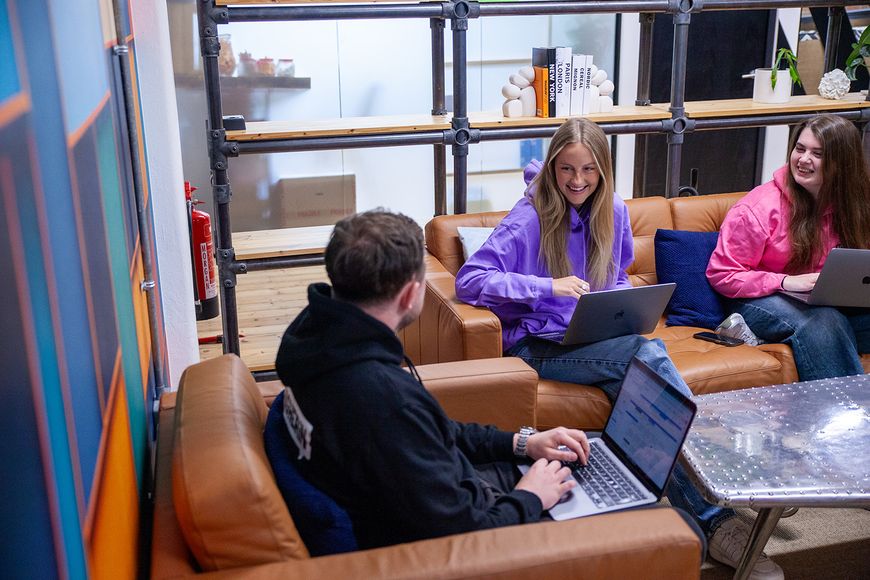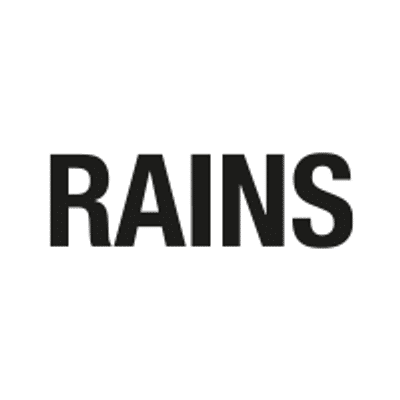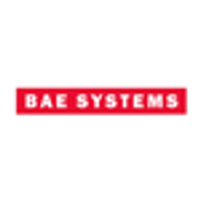
Design Placements
If you’re a design student wondering if a placement year is worth it, you’re in the right place. A design placement is one of the most valuable experiences you could have, giving you real-world skills, a solid portfolio and work experience all before you graduate. Here’s your full guide to design placements and how to secure your spot.

What is a design placement?
Placement Years take place between your second and final year at university. You’ll spend one year working for a company, whether it’s a creative agency or an in-house design team. Think of it as a bridge between your studies and the real world of design. You'll apply what you've learned in lectures while picking up industry skills you can't get in a classroom.
Whether you’re interested in graphic design, UI/UX, product design or even fashion design, there’s a placement out there for you. Let’s explore:
Graphic Designer. You'll create visual assets for clients, creating logos, brand guides, packaging and social media posts
UX/UI Designer. Designing how apps and websites work, building clickable prototypes and improving user experiences
Product Designer. Sketching ideas, creating 3D models and working with factories to bring products to life
Fashion Designer. Helping with seasonal collections, from creating mood boards to assisting at fittings
Interior Designer. Drawing up plans, choosing furniture and helping deliver design projects
Motion Graphics Designer. Making animations for ads, social media and video content
Brand Designer. Working on marketing campaigns and keeping brand visuals consistent
Visual Merchandiser. Creating window displays, styling store layouts and planning seasonal shop presentations
Architectural Assistant. Drawing building plans, creating 3D models and assisting with site visits.
Ever wanted to know what it’s like to be an interior designer for Hilton? Here’s what this student got up to during their year in industry:

I’ve absolutely honed my interior design skills—learning to make design decisions more quickly while balancing aesthetics with functionality, and gaining a solid understanding of hotel standards. I also adapted to working in a professional corporate environment and deepened my knowledge of the hospitality business. Interior Design Placement, Hilton
Now you know what design placements are, why are they so important? Let’s break it down.
Why is a placement useful?
The creative industry is hard to break into. It’s competitive and can feel a little bit like a private club. That’s why securing a placement now is so important.
It’s one of the most beneficial things you can do for your career, especially before you graduate. You’ll gain some real-world experience, develop skills and meet people who actually work in the field you want to work in and could give you your next opportunity.
You’ll basically spend your time turning academic achievements into proof that you can actually do the work. Here are some of the expertise you’ll gain:
Real portfolio pieces that show commercial work, not just student projects
Industry connections that often lead to graduate jobs (many companies offer roles to their placement students)
Practical skills in software, processes and workflows that universities don't always cover
Career clarity. You might discover you love in-house design teams or that agency life isn't for you
Confidence from proving you can hold your own in a professional environment.
Plus, you’ll come back for your final year with a fresh perspective on your future career. Click to read more on the benefits of a placement.
Where can I do a design placement?
As a design placement student, you could work in a design or creative agency, an in-house team that’s part of a larger company, a start-up or a consultancy. Basically, you have loads of options. Here are some companies hiring design placement students across the UK:
Here’s how one student felt about their time at Gymshark on a design and artwork placement:

I was never treated as a student placement and always felt like a trusted employee, which I loved. I thrived on the responsibility of working on major campaigns, being allowed to lead on big projects like major sales and feeling confident to voice my opinion. Design & Artwork Placement Student, Gymshark
Do design placements pay?
You've probably heard nightmare stories about unpaid creative internships. While some do exist, the good news is that most design placements pay a real salary. At Higherin, we’ll only advertise paid roles. Here's what you can expect to earn.
Most design placements pay between £18,000 and £28,000 a year, but this can vary depending on the company size, location and the design route you’ve chosen.
London-based roles typically pay more to reflect living costs, while smaller studios might offer lower salaries but incredible hands-on experience.
As you’ll be a full-time employee, you’ll also get holiday pay and benefits like gym membership or cycle-to-work schemes.
Are design placements hard to get?
Design placements are competitive (with placement jobs getting around 87 applications per role), but they’re so achievable when you put in the work. Here’s what’ll make you stand out:
A strong portfolio showing your best work (including personal projects, uni projects or any freelance work you’ve done)
Being part of any societies or clubs outside of uni time
Genuine enthusiasm for the company and what they do
A really well put together placement CV and cover letter.
The key is to start your search ASAP. Employers begin looking for placement students as early as your first term of your second year, and the most popular schemes fill up quickly.
How do I apply for a design placement?
Once you’ve found the placement you’re really interested in, you’ll need to put your application together. You’ll start by filling out an online application, either through job sites like LinkedIn and Higherin or directly via the company's careers website.
If your application and portfolio impress, you’ll be invited to an assessment day where you’ll meet with your potential colleagues as well as take part in group tasks and your one-to-one interview.
Our top tips:
Always tailor your applications. Employers will know if you’ve recycled an application
Design companies don’t just want to hear about the finished products; show them your process
Use our job application tracker to keep on top of your deadlines.
Need a little help with the application process? Download our free Application Toolkit, where you’ll find all you need to boss your applications.
Download your free toolkit


























